Oak Flooring Timeless Beauty, Types, Finishes, and Installation
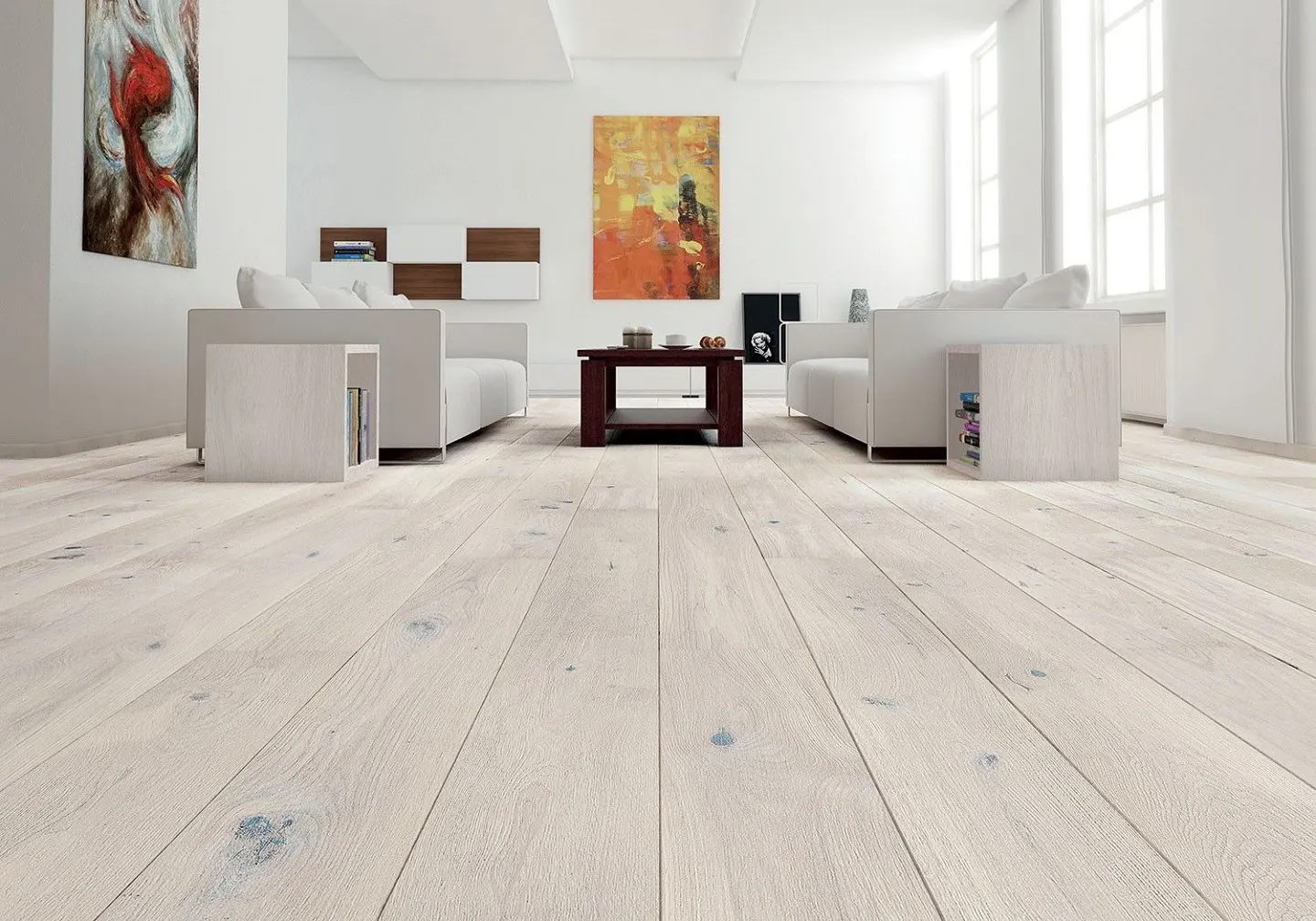
Selecting the perfect flooring for your home is a decision that reaches beyond the realm of aesthetics; it’s a choice that can profoundly influence the ambiance, functionality, and overall value of your living space. Among the diverse array of flooring options available, oak flooring stands as a symbol of classic elegance and endurance in interior design. Esteemed for its innate beauty and exceptional versatility, oak remains a beloved choice for homeowners, builders, and designers alike. Whether you are contemplating oak hardwood for a new project or considering it for a renovation, this comprehensive guide will leave no stone unturned in exploring everything you need to know about oak flooring. We will traverse the landscape of oak’s various types and finishes, installation methods, maintenance, and the unique factors that contribute to its unwavering popularity.
Is oak a good wood flooring?
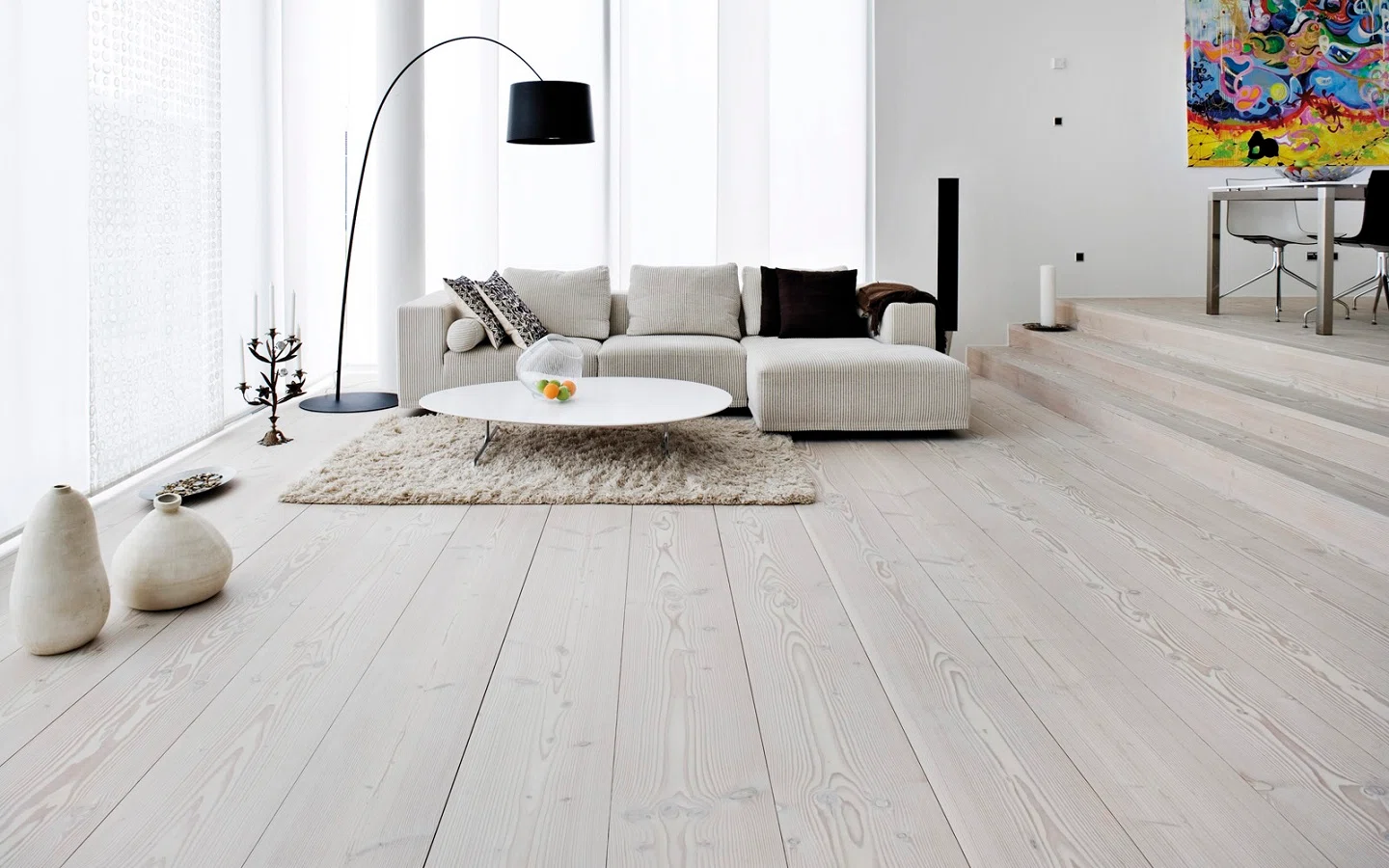
Oak is a hardwood species celebrated for its exceptional strength and distinctive grain patterns. It belongs to the genus Quercus and is native to various regions across the globe, including North America and Europe. The robustness and timeless appeal of oak have made it an evergreen choice in both traditional and contemporary interior designs. it will be discussed on the its types and finishes more.
There are three types of oak floor that you can get familiar with them in the following.
Red Oak Flooring
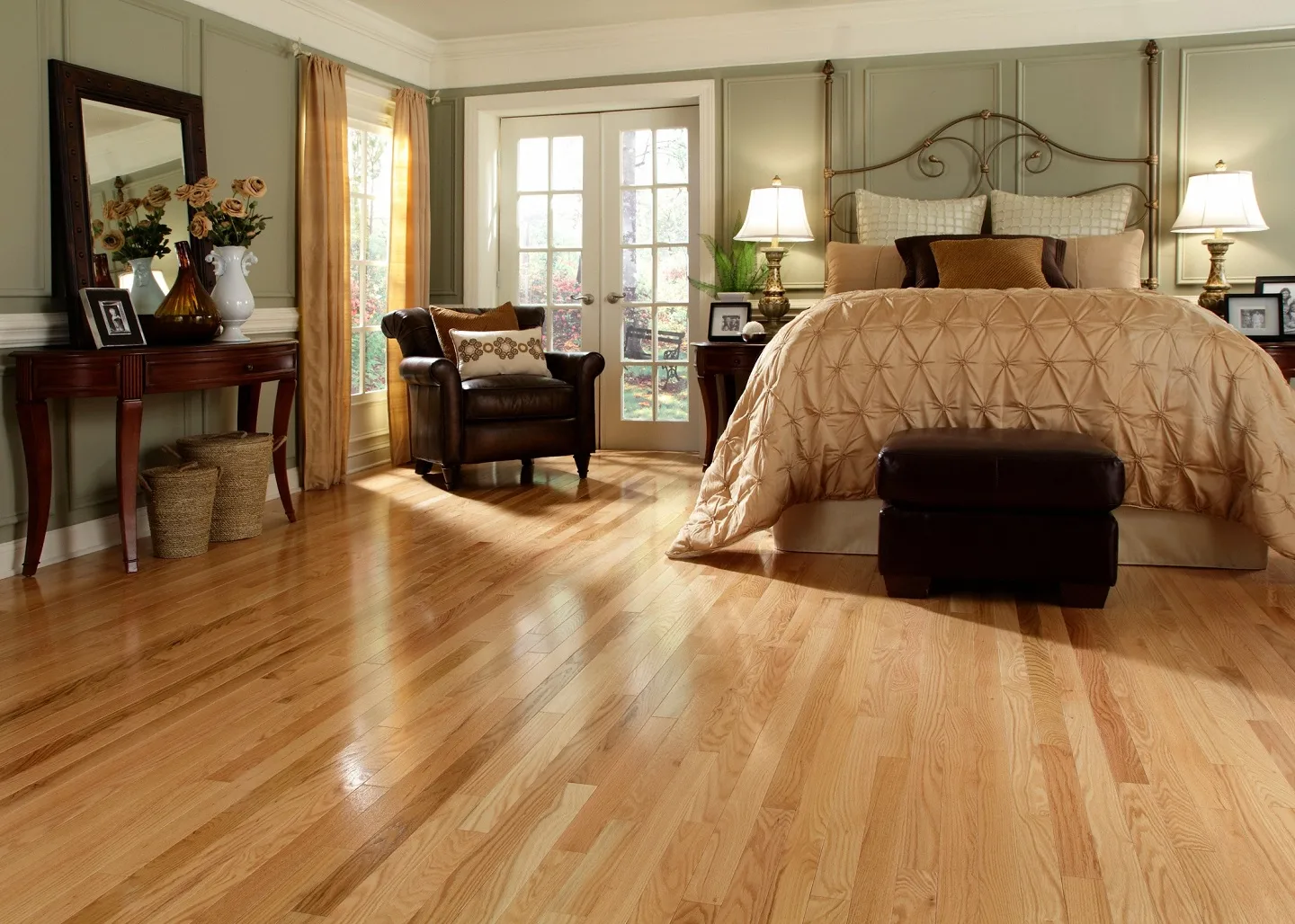
Red oak is a prevalent species known for its warm reddish-brown hue and prominent grain patterns. It’s widely used for flooring due to its affordability and versatility.
White Oak Flooring
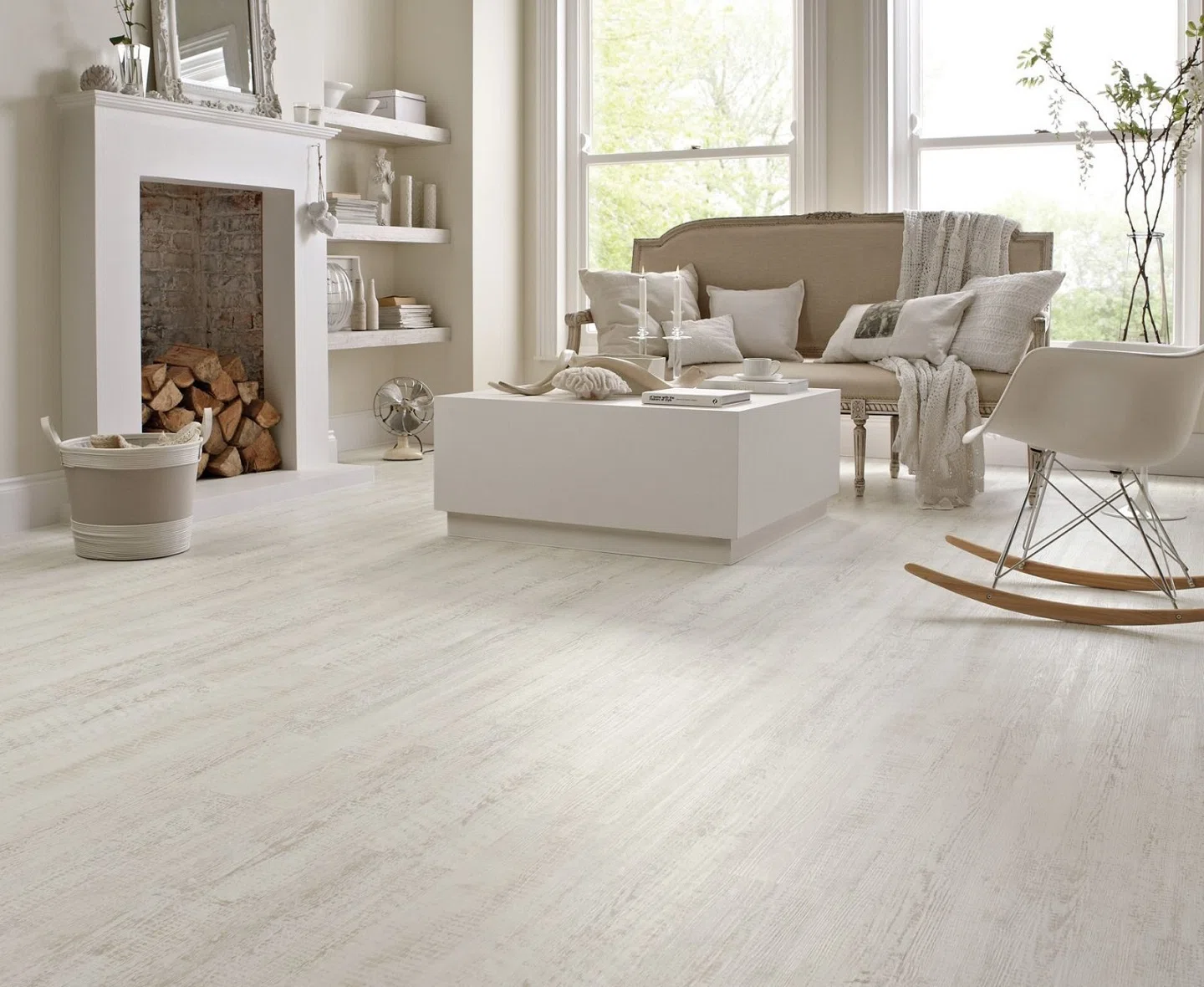
White oak boasts a pale, nearly white to light brown color, and its grain is less pronounced than that of red oak. It’s prized for its durability and is often chosen for high-traffic areas.
Tip: Discover more qualified floor material types.
European Oak Flooring
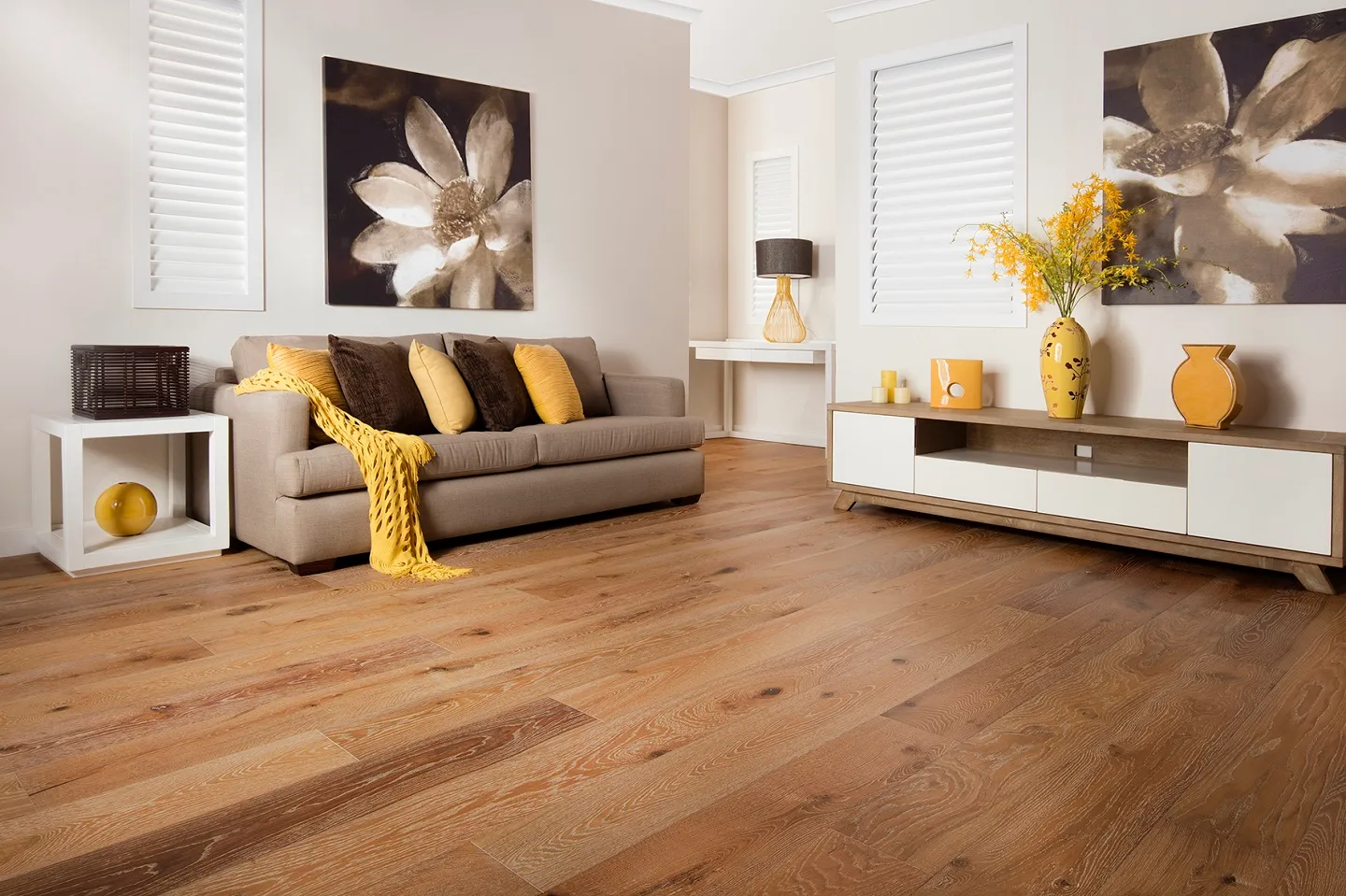
Sourced from Europe, Engineered hardwood European oak flooring exhibits a range of colors, from light beige to golden brown. Its fine, intricate grain patterns add a touch of elegance to any space.
Oak Floor Finishes

Oak flooring is available in various finishes, each offering a unique aesthetic:
- Natural Finish: This finish preserves the wood’s natural color and grain, allowing the oak’s inherent beauty to shine through. It’s a testament to the timeless appeal of oak.
- Stained Finish: Staining oak floors can alter their color to match your design preferences. Popular stain colors include classic browns, grays, and even bold black stains, offering endless possibilities for customization.
- Distressed Finish: Distressed oak flooring showcases a rustic, weathered appearance, perfect for achieving a vintage or farmhouse look. This rustic flooring adds character and a sense of history to your space.
- Glossy Finish: High-gloss finishes add a reflective, formal sheen to the floors, creating a sense of grandeur and sophistication. In contrast, matte finishes offer a more subdued, contemporary appearance, suitable for minimalist or modern interiors.
Oak flooring comes in various forms, each offering specific advantages and suitability for different environments:
Solid Oak Flooring

Solid oak flooring consists of planks made entirely from oak wood. It’s renowned for its durability and ability to be refinished multiple times, ensuring a long lifespan. The enduring beauty of solid oak makes it a cherished choice for those seeking classic elegance.
Engineered Oak Flooring
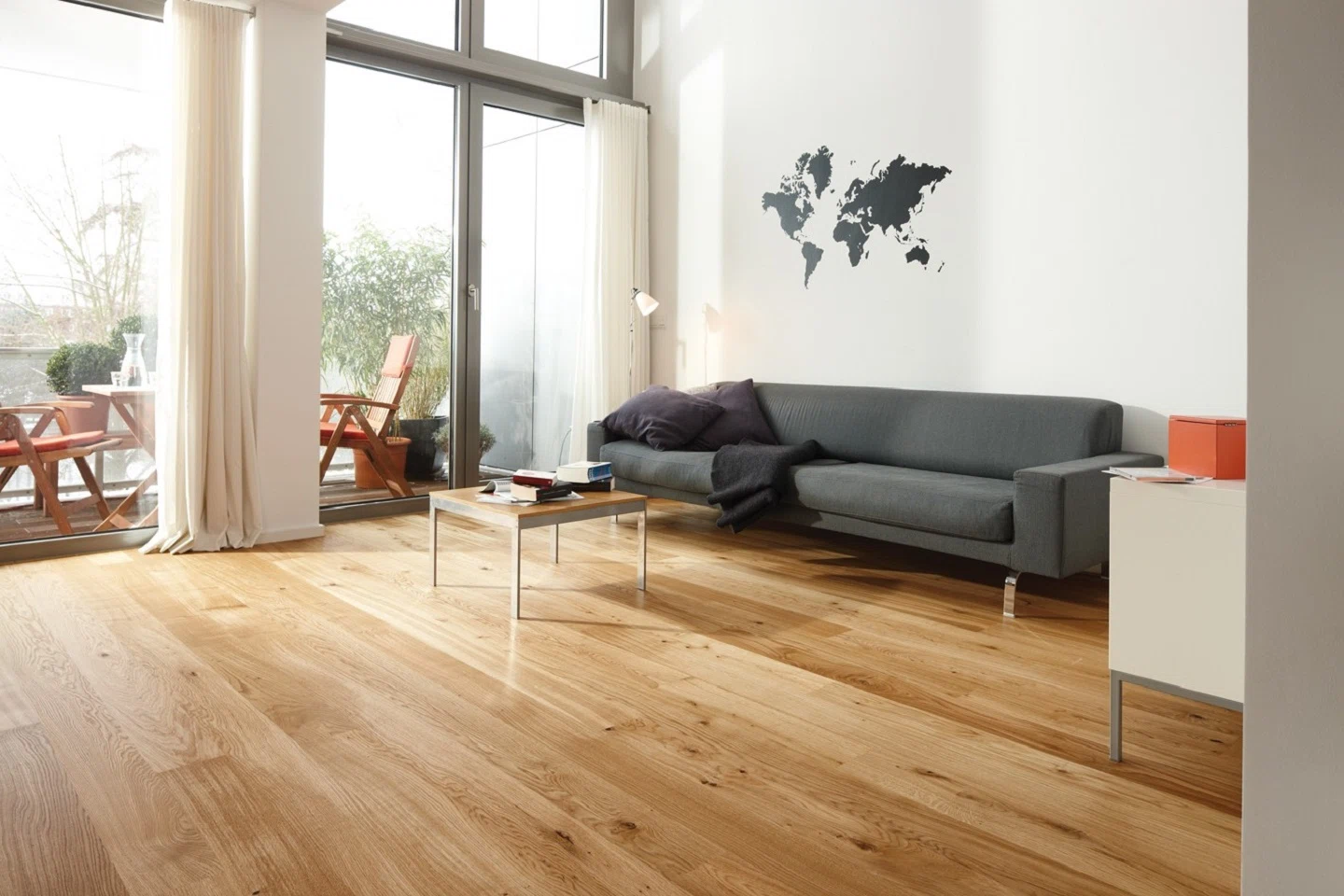
Engineered oak flooring is a composite material consisting of a top layer of real oak veneer clicked to multiple layers of plywood or high-density fiberboard (HDF), which enhances dimensional stability and moisture resistance. This feature also makes it suitable for a wider range of applications, including below-grade installations. Engineered oak combines the aesthetics of oak with the practicality of modern engineering.
Oak Parquet Flooring
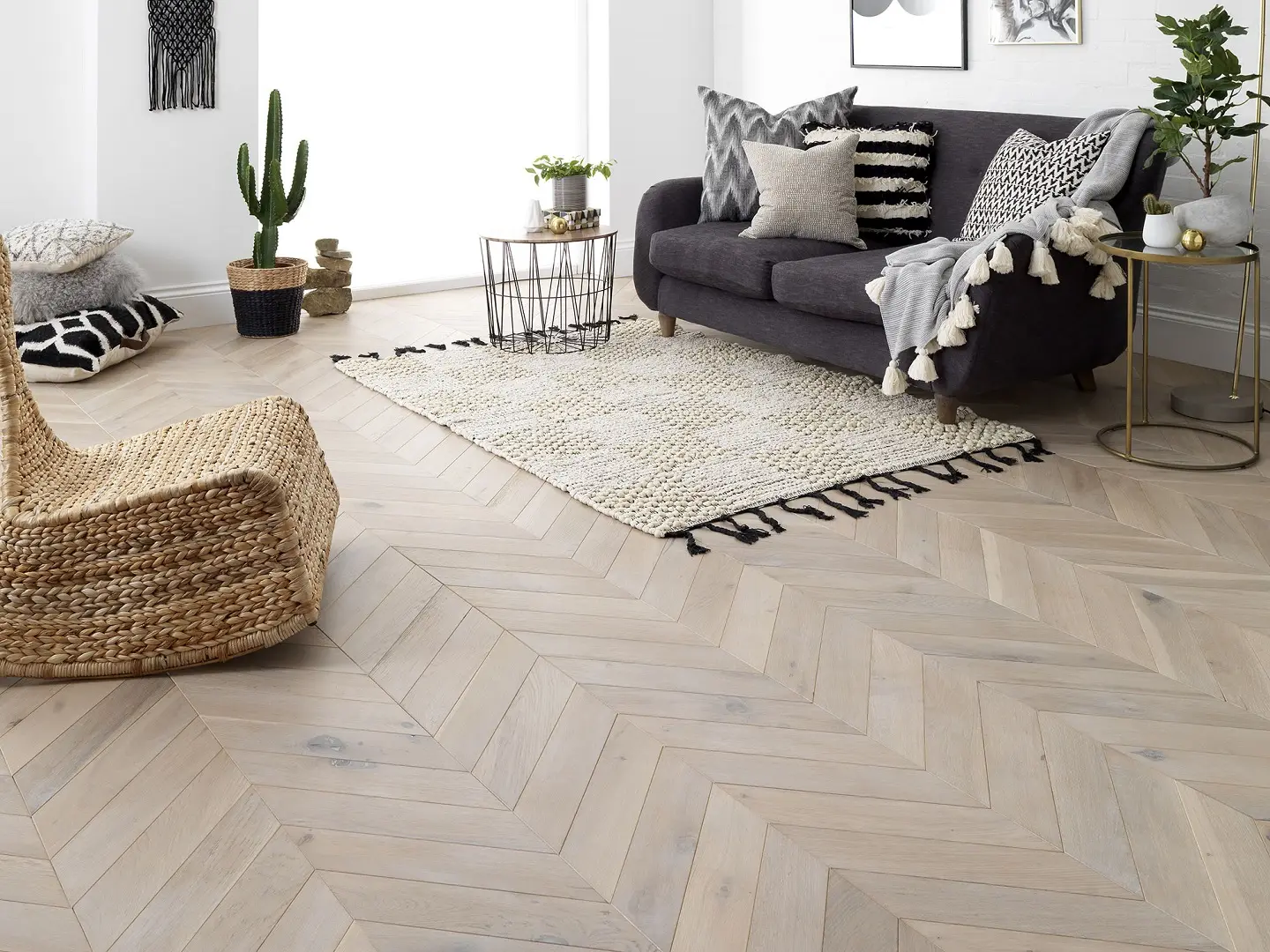
Oak parquet flooring is characterized by small, individual pieces of oak wood arranged in intricate patterns. It is a favorite choice for upscale interior designs. Oak parquet allows you to create stunning, customized designs that serve as focal points in your space.
Oak floor Installation
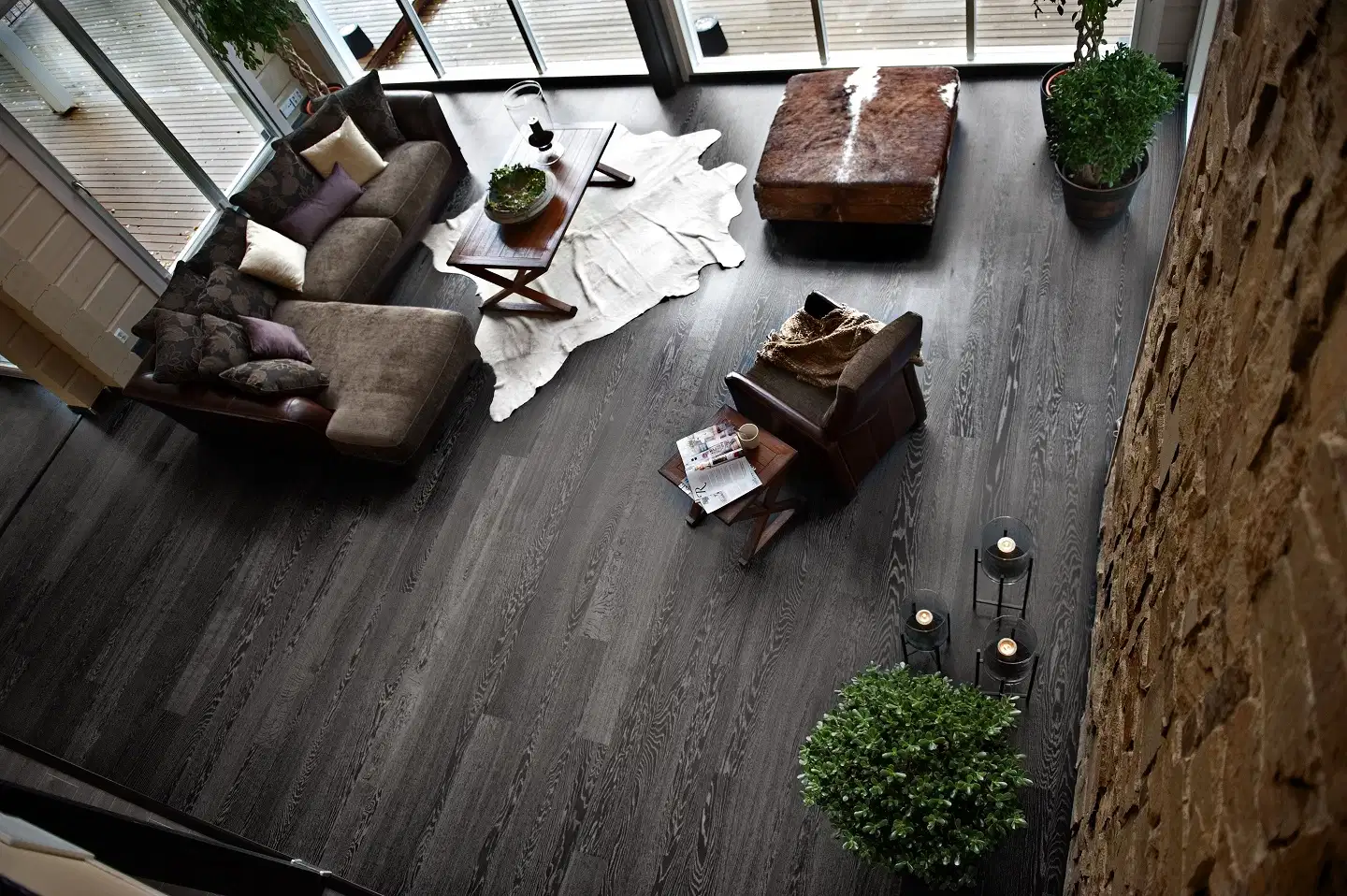
The installation method for oak flooring varies depending on the type of oak you choose:
- Nail-Down Installation: This traditional method involves nailing or stapling the oak planks directly to a wooden subfloor. It’s commonly used for solid oak flooring and provides exceptional stability, making it an enduring choice for those who appreciate craftsmanship.
- Glue-Down Installation: Engineered oak flooring is often installed using a glue-down method. Special adhesives are used to secure the planks to the subfloor, creating a strong, lasting bond. This installation method is known for its reliability and suitability for various subfloor types.
- Floating Installation: Floating installation is a versatile method suitable for both solid and engineered oak flooring. Instead of attaching the planks to the subfloor, they are locked together, allowing for natural expansion and contraction. Floating floors are an excellent choice for DIY enthusiasts and those seeking flexibility in installation.
- Oak Parquet Installation: Oak parquet is typically glued down directly to the subfloor in a patterned design. It requires precise craftsmanship to ensure the patterns align correctly, resulting in a floor that’s not only functional but also a work of art.
Maintaining Oak Flooring

Right-keeping is necessary to preserve the beauty and longevity of your oak flooring:
- Regular Cleaning
- Avoid Excessive Moisture
- Protect from Scratches
- Refinishing
Factors to Consider
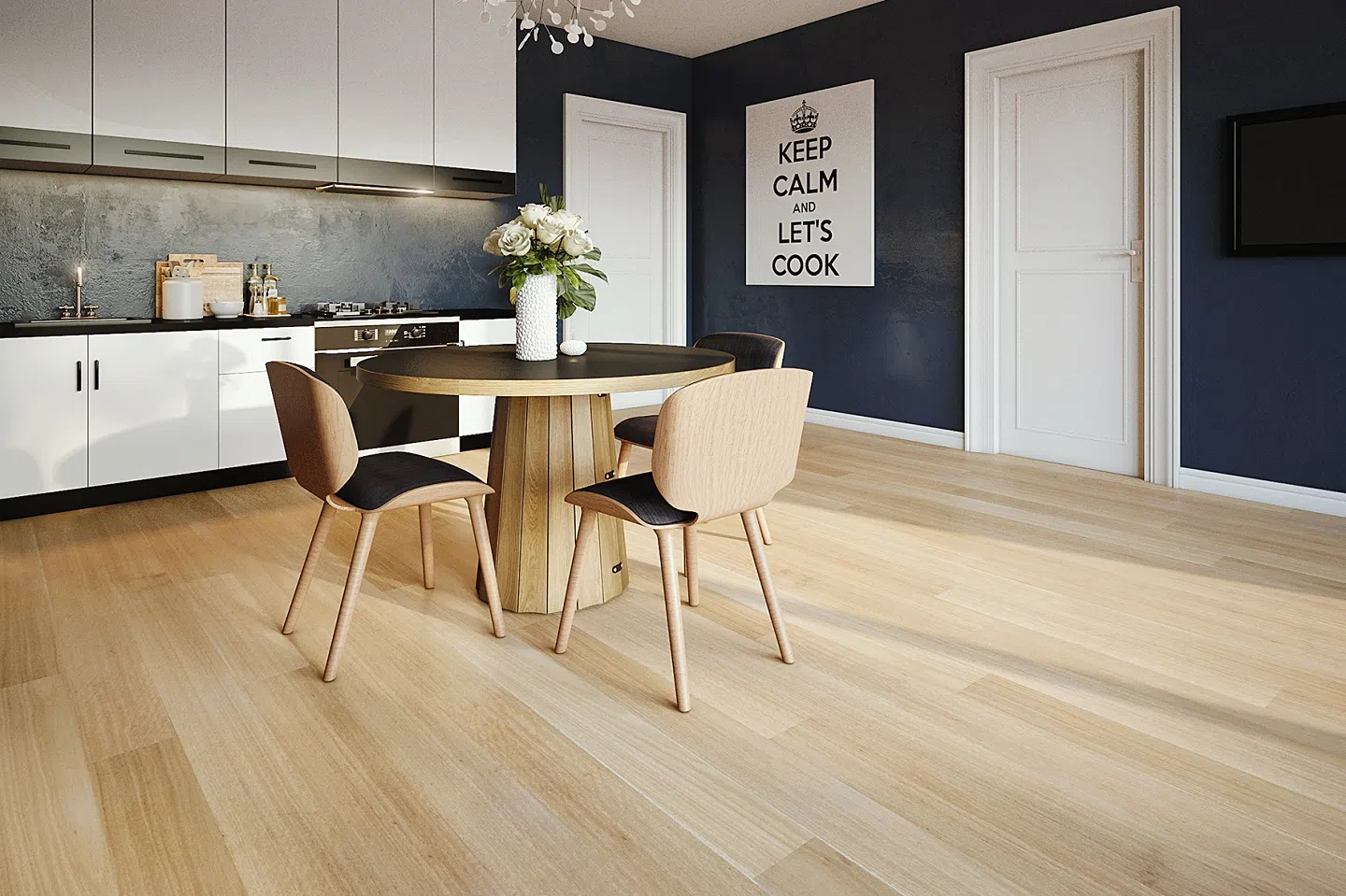
When browsing flooring wholesales for oak flooring, consider the following factors:
- Location: Think about the room’s location and its exposure to moisture and temperature fluctuations. Engineered oak may be better for areas prone to these issues, such as basements, while solid oak thrives in controlled environments.
- Budget: Solid oak tends to be more expensive upfront, while engineered oak offers a more budget-friendly option without sacrificing quality. Consider your budget and long-term investment when making your choice.
- Aesthetic Preferences: Consider the color, grain pattern, and finish that best complements your interior design style and personal taste. Oak offers a wide range of options to suit various design aesthetics, from traditional to modern.
- Lifestyle: Think about your household’s activity level. Oak is durable and can withstand heavy traffic, making it suitable for both residential and commercial spaces. Understanding how your space will be used can help you choose the most appropriate oak flooring type.
Conclusion
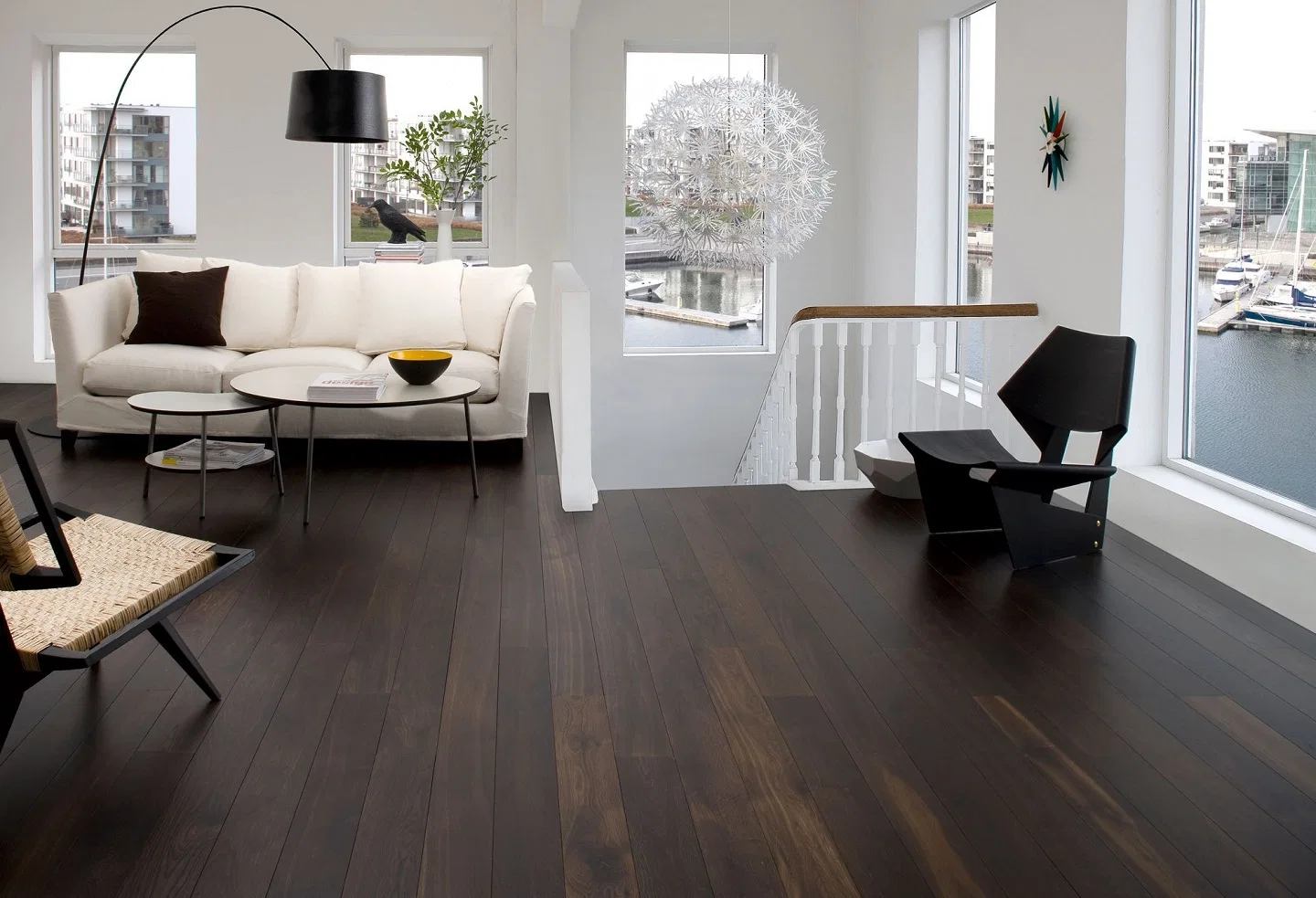
Oak flooring, with its timeless beauty, durability, and versatility, continues to be a preferred choice for discerning homeowners, designers, and builders. Whether you opt for the warmth of red oak, the timeless elegance of white oak, or the European oak’s fine details, oak flooring offers a wide range of options to suit your aesthetic preferences. Whether you choose solid oak for its traditional charm or engineered oak for its practicality, oak flooring is a lasting investment that enhances the character and value of your home. With proper care and consideration of installation methods, your oak floors can grace your living space for generations to come, maintaining their allure and charm while standing as a testament to your impeccable taste in interior design.



Did you find what you were looking for?